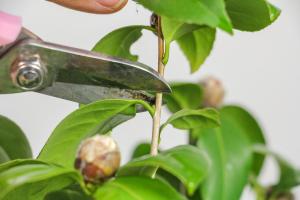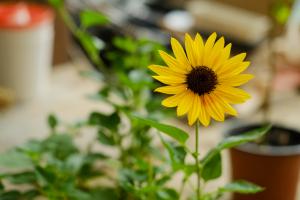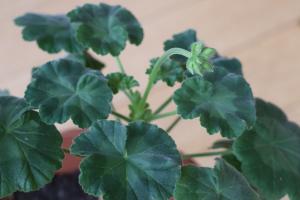How do Plants Affect Dissolved Oxygen in Water
Plants are an essential component of aquatic ecosystems, and just like on land, they play a vital role in maintaining the delicate balance of the environment. However, when it comes to dissolved oxygen in water, their impact can be significant. In this article, we will explore how plants affect dissolved oxygen levels in water.
The Role of Plants in Aquatic Ecosystems
Plants are the primary producers in aquatic ecosystems, and they convert energy from the sun into organic matter through photosynthesis. In turn, this organic matter is the base of the food chain, providing nutrition to other organisms in the ecosystem. Plants also play a crucial role in the water cycle, as they help to stabilize banks and prevent erosion. They also absorb nutrients and pollutants from the water, helping to keep the water clean.
How Plants Generate Dissolved Oxygen
During photosynthesis, plants absorb carbon dioxide and release oxygen. This process contributes to the production of dissolved oxygen in the water, which is necessary for the survival of aquatic organisms. However, the amount of dissolved oxygen generated by plants can be affected by factors such as temperature, water quality, and light levels.
The Effect of Plant Density on Dissolved Oxygen
The density of plants in an aquatic ecosystem can have a significant impact on dissolved oxygen levels. When there are too many plants in an area, they can create a phenomenon known as an algal bloom. During an algal bloom, the excess plants consume large amounts of dissolved oxygen, leading to a decrease in oxygen levels. This can cause harm to aquatic animals and plants that require oxygen to survive.
The Effect of Photosynthesis on Dissolved Oxygen
The amount of dissolved oxygen generated by plants also depends on the rate of photosynthesis. Photosynthesis is affected by factors such as light levels, water quality, and temperature. In areas with high levels of pollution, plants may not be able to photosynthesize at their maximum potential, leading to lower levels of dissolved oxygen. Conversely, in areas with clear water, adequate sunlight, and ideal temperatures, plants may generate more dissolved oxygen, leading to healthier aquatic ecosystems.
The Effect of Plant Decay on Dissolved Oxygen
When plants die or decay, they can also affect dissolved oxygen levels in the water. This is because decomposition consumes oxygen, and when there is a significant amount of organic matter decomposing, the oxygen levels in the water can decrease significantly. This can also lead to the growth of harmful bacteria and algae, further depleting dissolved oxygen levels and causing harm to aquatic organisms.
Conclusion
Plants are essential for the health of aquatic ecosystems, but their impact on dissolved oxygen levels in the water can be significant. While they play a crucial role in generating dissolved oxygen, their density and rate of photosynthesis can also have a negative impact. Additionally, when plants die, they can consume oxygen during the decomposition process, leading to lower dissolved oxygen levels. As such, it's crucial to manage plant density and improve water quality to maintain the delicate balance of dissolved oxygen in aquatic ecosystems.

 how many times do yo...
how many times do yo... how many planted tre...
how many planted tre... how many pine trees ...
how many pine trees ... how many pecan trees...
how many pecan trees... how many plants comp...
how many plants comp... how many plants can ...
how many plants can ... how many plants and ...
how many plants and ... how many pepper plan...
how many pepper plan...































